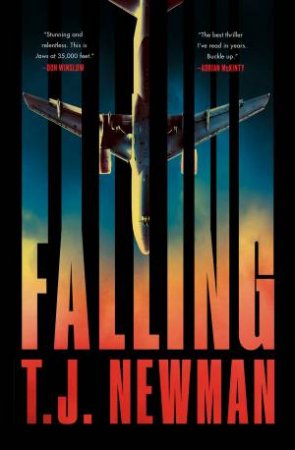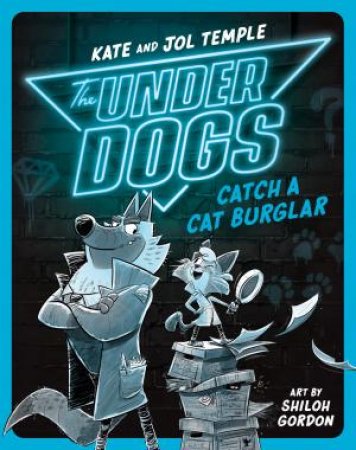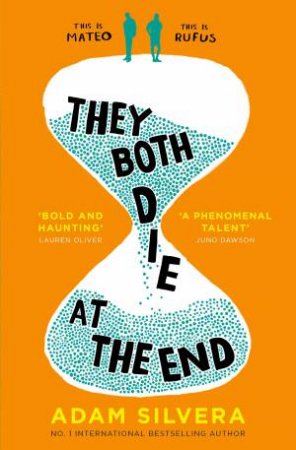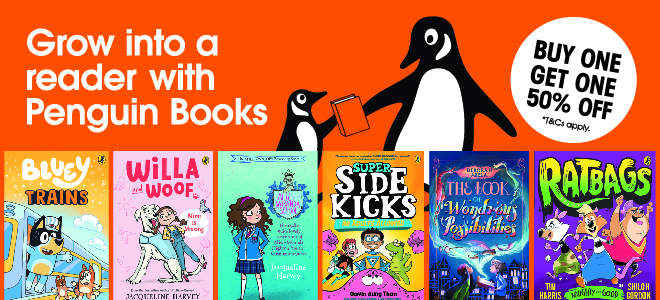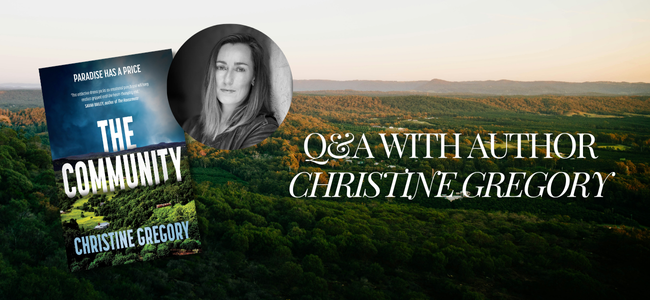Rhian Allen is a successful businesswoman, entrepreneur, PR expert, and founder of the highly popular “The Healthy Mummy” business. Rhian has now started her new business venture, which is “Healthy Active Pet”. This new enterprise focuses on the nutrition and well-being of pets and provides pet owners the knowledge on how to change from traditional processed dog food to a fresh raw diet.
Her new title “Healthy Dog, Happy Dog”, is a comprehensive guide for pet owners to make simple, but greatly beneficial changes to their pet’s diet which will improve their digestive system, manage weight gain, skin conditions, and more. Rhian has collaborated with a team of expert pet nutritionists to bring you the best advice on how to care for your furry friends.
Keep reading to hear from Rhian regarding her passion for pet health, spreading awareness of the importance of a raw dog food diet, and what led her to create “Healthy Dog, Happy Dog”.

My name is Rhian and I am the Founder of Healthy Active Pet and I wanted to explain why I launched the business and how my mission is to help educate and inform pet owners about the best health and nutrition choices for your pets and why I began feeding my dogs raw dog food recipes – which you can now access in my NEW book Healthy dog, Happy Dog.
I absolutely LOVE my pets (I’ve had dogs and cats my whole life) and I believe that a light needs to shined on pet health and nutrition.
Just like humans – feeding our pets a non-processed and fresh raw dog food diet is the best way to keep them healthy, lean and living a long life.
However, the majority of pet owners feed kibble – which is highly processed and kind of like fast food for dogs – and it is cheap which makes it really appealing to all of us!
BUT, it is so important to feed our pets a balanced fresh food diet that are created by a pet nutritionist and meets AAFCO standards.
I can also thoroughly recommend watching a documentary called Pet Fooled which is a great overview of the problem that exits with so much of processed pet food.

My journey to raw dog food recipes
In 2021 my family got a couple of Cavoodles – and I always fed them kibble dog food.
But then my Cavoodles starting having diarrhea GALORE and after some exploration with the vets I discovered they had a chicken allergy.
I then discovered that almost all pet food had chicken in it – wonderful!
This then began a BIG research and discovery part of my life into the pet food industry and nutrition for pets – and especially about raw feeding dog recipes.
And after I did a lot of research, plus talking to pet nutritionists, animal experts and vets I completely changed the way I viewed pet food and what I fed my cats and dogs.
And it was here where I learnt about homemade and raw feeding dog recipes. Which honestly, I had never ever considered before or even been aware of.
So what did I discover?
Firstly, that a lot of commercial processed pet food is not great for the health of our pets. This isn’t to say all is not good but most isn’t – this is where learning to read labels and what to look for is really important.
Commercial pet food is a very broad term that encompasses a lot of variety, but what I mean by this is dry and tinned processed food.
These types of foods are made from extremely processed ingredients – often waste products from other industries – that are not suitable to a dog or cat’s digestive needs or requirements.
They are generally upwards of 50% processed starches, with the bulk of the actual nutrients coming from cheap synthetic supplements.
These foods are difficult to digest, contribute to chronic inflammation, spike insulin (leading to weight gain – nearly 50% of dogs are now overweight and 35% of cats), and do not support the health or wellbeing of our pets.
Have you ever picked up a bag of dog or cat food and seen “Meat by-products and meat (poultry, beef &/or sheep)” or words to that effect? What does that even mean? (P.S pick up any of the brands in the supermarket and you will see this).

Chances are it means that the manufacturer doesn’t know which one is in their food.
Heavily processed pet food like kibble and tinned dog and cat products are almost always made from meat that has either been rendered to a shelf-stable powder, or otherwise processed to a meat “slurry” that is then sterilised.
Rendering is a process favoured by the fertiliser industry, whereby meat and bones that are not fit for human consumption are crushed and then heated to very high temperatures until the water and fat separate.
The remaining “meat” is dried to a long-life powder that contains mostly protein and bone, and then turned into garden fertiliser, dry dog food, and livestock feed.
Some tinned pet foods also use these meat meals, while others grind whole meat and meat by-products (which may include heads, hooves, offal, and any part of the animal that is otherwise discarded), and then add cereals and other binding ingredients to form the chunks in a tin that we might mistake for actual pieces of meat.
These ingredients are then cooked so the starches gelatinise and proteins begin to denature, before being tinned and sterilised using temperatures over 120 degrees Celsius for several minutes.
These products are basically always synthesised with vitamin and mineral supplements, because very little nutrition survives these heat intensive processes.
Because these meats are pretty much always not of a quality fit for human consumption, prior to being turned into pet food they are regulated by a different set of rules to food intended for the human supply chain.
These rules don’t require that meat be properly labelled as “beef” or “sheep,” which is why pet food manufacturers don’t always seem to know which one is in their food.
We know that for good health we should avoid heavily processed meats and refined carbs. The same applies to our pets, but in commercial pet food this is not the case.

Raw food dog food recipes
I then discovered that feeding a raw dog food recipe or fresh diet is the best one for our pets.
And that we need to feed our pets a species appropriate diet.
A species appropriate diet is a diet that is well suited to the metabolic capabilities of your dog’s digestive system.
Dogs are closely related to wolves, who are well established predators that thrive on a prey-based diet of primarily other small animals.
They have no need for carbohydrates and are poorly equipped to digest them for a number of reasons.
Of course, dogs aren’t wolves and it can be difficult to imagine an “oodle” or a pug ever sharing bloodlines with the grey wolf, but biologically they are still incredibly alike, and this extends to their metabolic and digestive needs and capabilities.
Dogs can digest some carbohydrate foods, such as small amounts of fresh fruits and cooked vegetables, and these provide wonderful nutritional benefits to them when they do.
But this doesn’t mean they should eat a starch-based diet of heavily processed grains – check the labels on your dog food and you will see LOTS of carbs in them – pasta, rice, corn, tapioca as this bulks out the food and makes it cheaper to make. Instead look for products that are very high in protein and low in carbs.
Like wolves, dogs thrive on an animal-based diet with the bulk of their energy coming from protein and fat. (P.S most commercial pet food is high in carbs).

Next steps & Solution Creation
So, at this stage I knew there was a lot of work to be done and I wanted to help educate people to be able to make better choices BUT I also didn’t want anyone to be made to feel bad about their choices and my main focus was education.
I also VERY focused on creating a supportive, informative and non-judgemental platform and community for pet lovers to be part of.
We all love our animals and the last thing we want is to be made to feel like a bad pet parent – especially when we are just buying what is on the supermarket shelves and what we can afford.
So, I brought on amazing pet experts and pet nutritionists to help me.
My aim was three-fold:
1) To help educate people and give lots of free information all created by our expert team as I strongly believe education is key and you can see lots of free content on our blog.
2) To create home and raw feeding dog recipe books and meal plans that people could use that would empower and educate them. These would be created by our pet nutritionists and meet all AAFCO standards and would be simple and budget friendly.
3) To create a convenient but healthy dog and cat food option so if people didn’t want to home feed every day they had a back up. You can see these here.
And if want to check out our nutrient-dense, species-appropriate food and programs that will not only help them maintain a healthy weight, but also support their gut health, fight oxidative stress and inflammation, keep them feeling full and satisfied, and potentially may even extend their life then check out the Healthy Dog, Happy Dog book on sale NOW at QBD Books!
If you want to stay up-to-date with Rhian and her “Healthy Active Pet” projects you can follow her on social media here:
IG: @healthyactivepet / @rhianbusyallen
Blog: Healthy Active Pet








